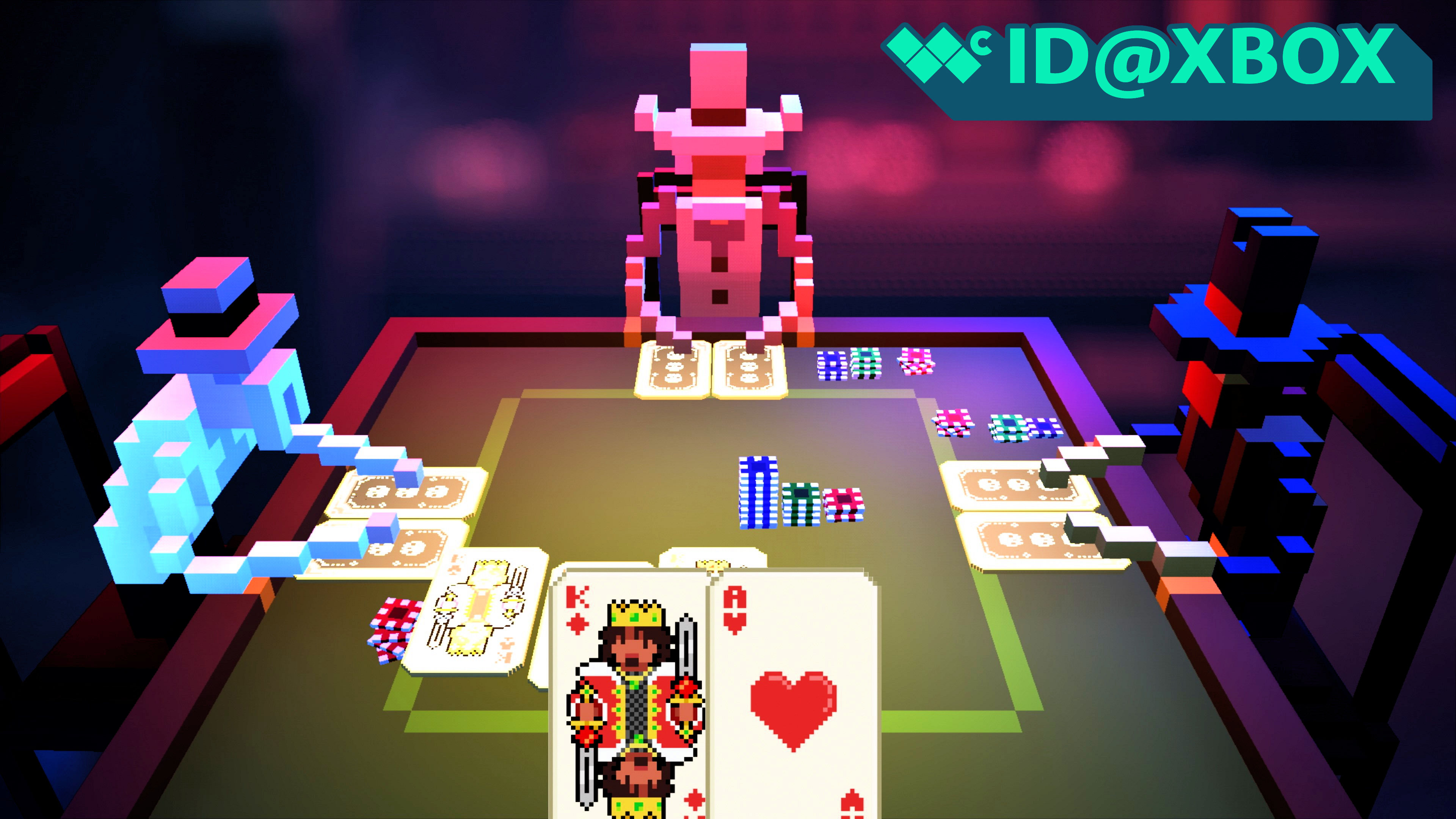Developed by Mimimi Productions, Shadow Tactics: Blades of the Shogun is a title that brings the stealth genre into a rarely explored style: 3D top-down point of view. After being out on PC since December of 2016, Shadow Tactics has finally hit console shelves. Blending an appealing art style with a new perspective and strong mechanics, Shadow Tactics is a game definitely worth checking out.
Setting and story: Preserve the peace in ancient Japan

Shadow Tactics takes place in a setting that is inspired by the Edo period (1603-1868) of Japanese history.
For a top-down action game, Shadow Tactics offers a surprisingly high-quality narrative.
After several years of warfare and conflict, a new shogun has managed to unify all of Japan, creating a peaceful society. However, a conflict-loving leader known as Kage-sama rises, and the shogun orders one of his faithful samurai warriors Mugen to find out who Kage-sama is in an attempt to halt the warmonger from plunging Japan back into a perpetual state of war.
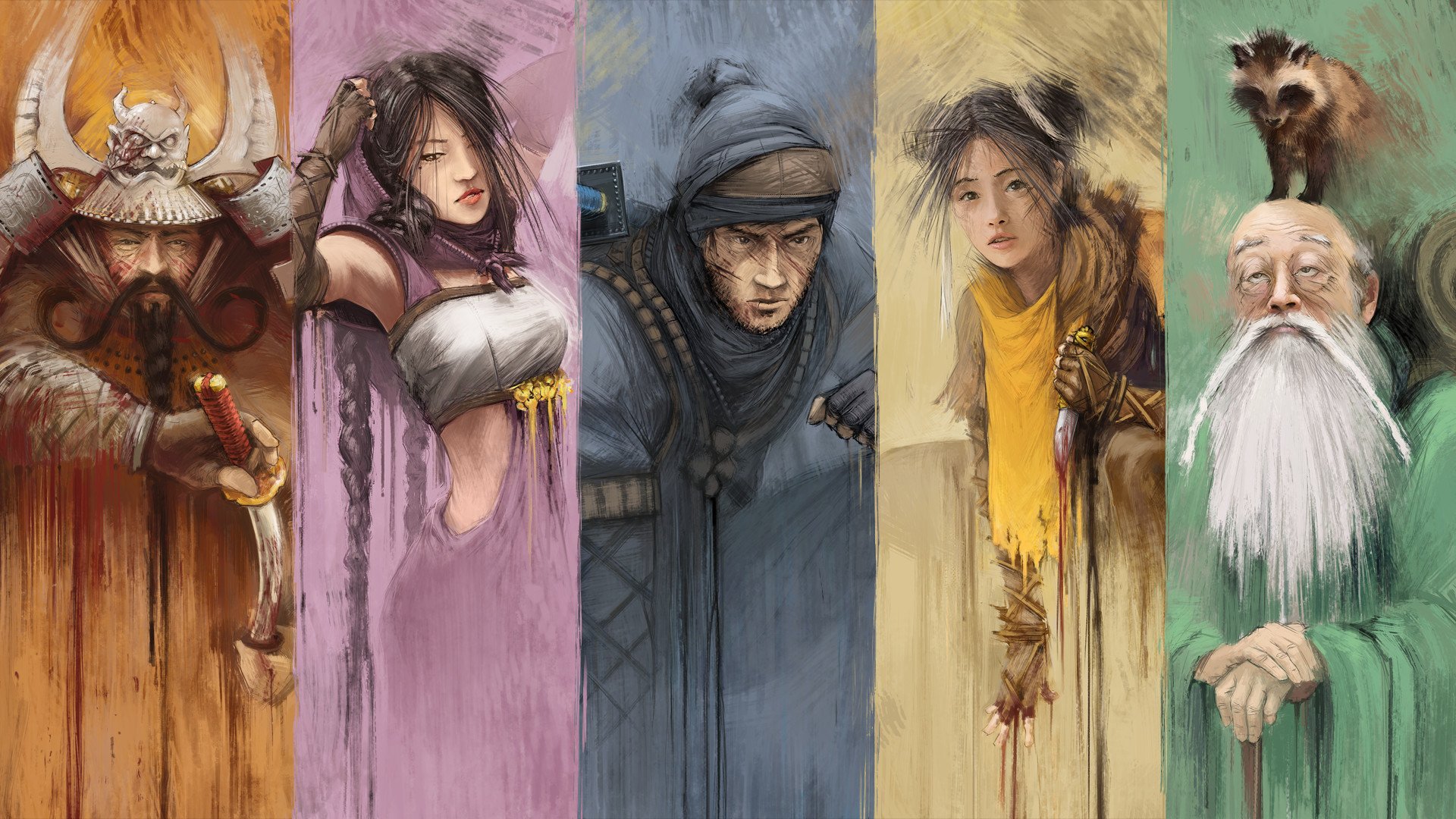
To help him, Mugen employs four others to help him succeed in his task; Hayato the ninja, Yuki the trap-layer, Aiko the spy, and Takuma the sniper. Together, these five make up the "blades of the shogun."
The plot, while simplistic, is satisfying enough to drive the gameplay forward and make you want to know what happens next in the story line. Surprisingly, I feel that the best the writing has to offer, though, is in the characters themselves.
For a game in which gameplay is heavily prioritized over narrative, the characters of Shadow Tactics have an impressive amount of depth and character development. This makes controlling each character feel that much more immersive, in that you are playing as a character that you've grown to understand and (for me) like quite a lot.
Gameplay mechanics: Use your environment and surroundings to defeat your foes
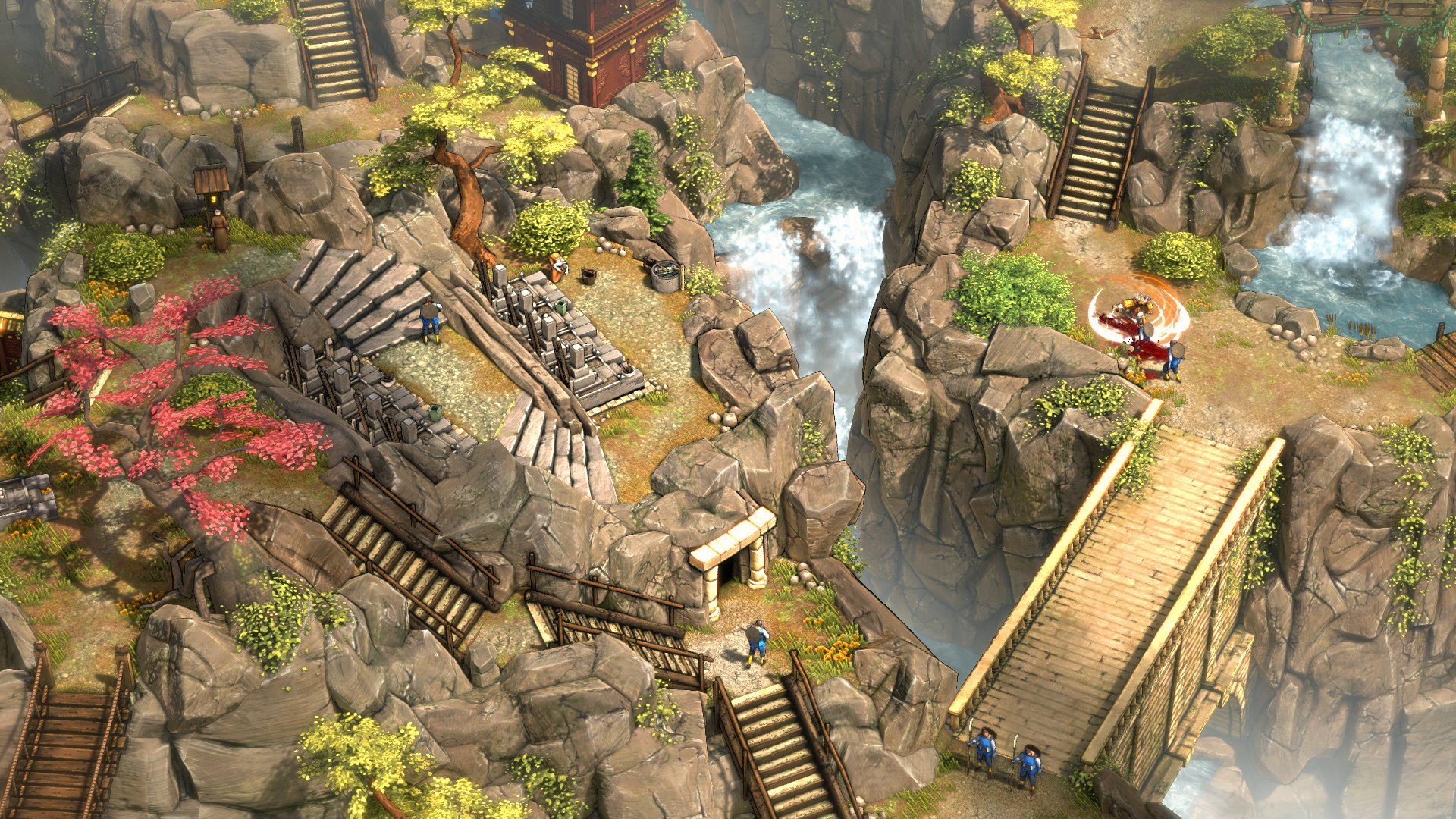
A huge positive aspect of Shadow Tactics is that, unlike other current stealth titles, it is impossible to achieve success through brute force.
All the latest news, reviews, and guides for Windows and Xbox diehards.
The gameplay of Shadow Tactics is very challenging, but it adds to the satisfaction.
Where many games will always offer a get-out-of-jail-free card through button combos or escape abilities like a smoke bomb, Shadow Tactics isn't afraid to show the player that they will die if they dare to face armed soldiers head on.
However, don't be fooled into thinking that the playable characters don't have a chance. Each of the five members of the cast is capable of performing different actions to take out foes. For example, Mugen can take on up to three enemies at once if he catches them off guard, while Hayato is capable of throwing a rock to distract a guard, and then quickly assassinate him while he's distracted.
Characters are controlled one at a time, but you can also create combos with Shadow Mode, which allows you to have several characters (all five, in fact) perform a single action at once. Learning the different ways that you can capitalize on the weaknesses in the enemy patrol patterns is one of the great joys you will experience in Shadow Tactics. The satisfaction of successfully defeating a challenging area is something many other recent stealth titles fail to achieve.
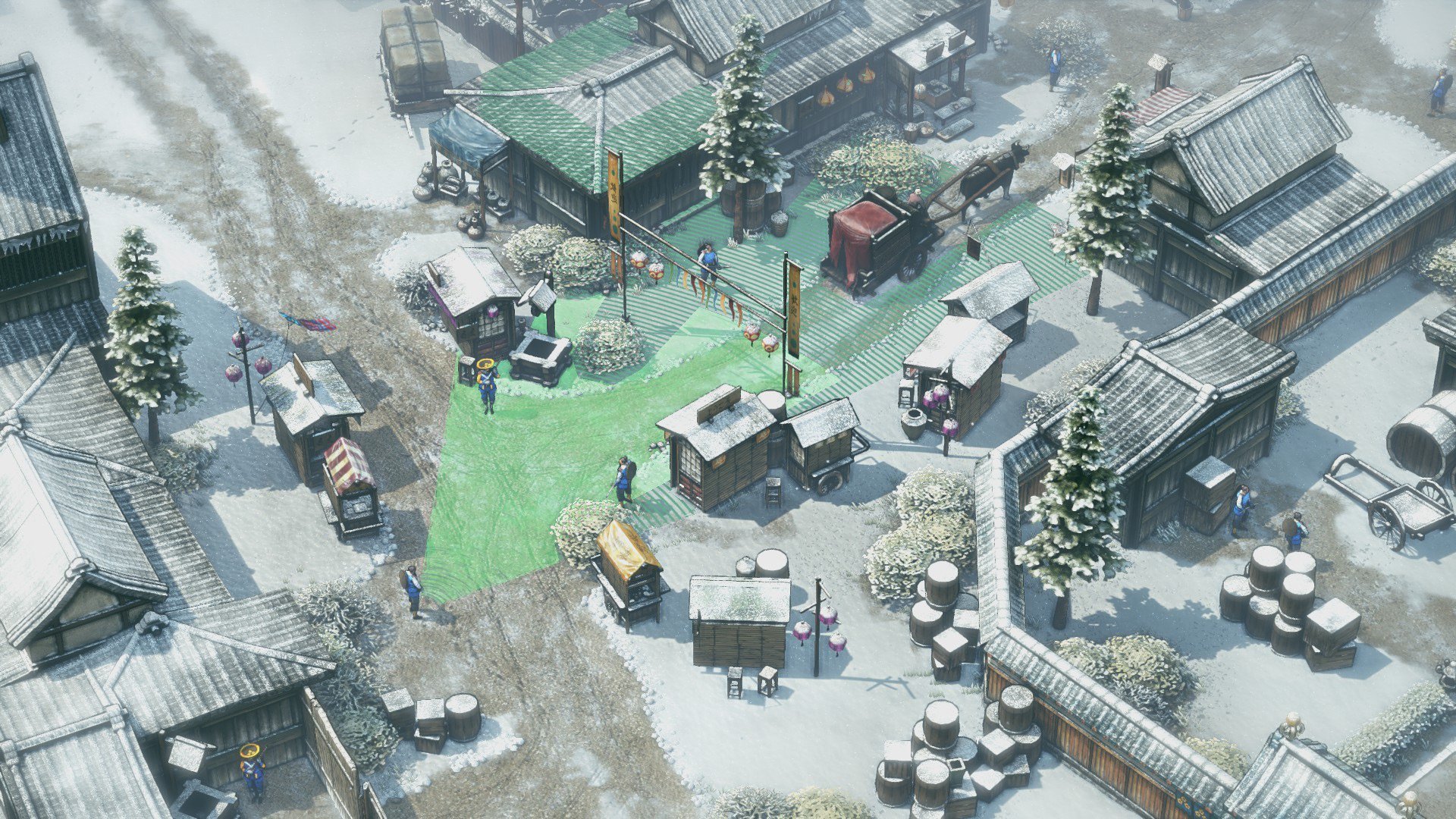
Shadow Tactics features 13 different missions to complete. While that may sound like a short amount at first for a single-player only game, each mission will likely take you an hour, at the very least.
Each level feels unique and different compared to the last.
Levels are long, expansive, and complex, requiring you to really think out the whole big picture before committing to a strategy.
Variety wise, each mission brings different obstacles to the table that you will have to adapt to and work around. For example, for missions at night, enemies will detect you much faster if near a light source, while in missions that take place in a cold area, guards will become alerted if they see your footprints in the snow. These differences help the game feel fresh and interesting with each new level.
While the size, length, and complexity of levels is mostly a good thing, some of them did feel a little too long. Upon completion, a couple of them felt unnecessarily drawn out, and they overall ended up becoming a bit of a draining experience. However, the majority of them are well-paced.
Controls and performance
The game's controls are simple and easy to learn and can be customized to your heart's content. However, the camera is a bit irritating. Often it can lag behind input commands, making things less seamless than they could be. In addition, there's simply not much in the way of camera options themselves. Everything is tied to a 45-degree angle — you can rotate and zoom in and out, sure, but the inability to get a complete bird's eye view of the three-dimensional levels can make clearly seeing your characters (or enemies) a pain in areas where many tall structures or natural formations are present.
Performance wise, the game is optimized perfectly. During my playthrough, zero bugs were encountered, which is something that I feel is worth recognition and applause in a day and age where titles can end up borderline unplayable after being ported from one system to another (in this case, PC to console).
Design: An immersive, beautiful world, brought to life

Aesthetically, Shadow Tactics is absolutely phenomenal. Featuring a cel-shaded art style akin to other top-down titles Bastion and Transistor, the Japanese Edo period is brought to life through high detail and vibrant color.
In addition to this, the game also features diverse, yet fitting score that helps drive home the intensity of your split-second assassinations in the battlefield. Hearing war drums beat loudly as your entire five man squad kills off a small contingent of soldiers at the same time feels absolutely badass.
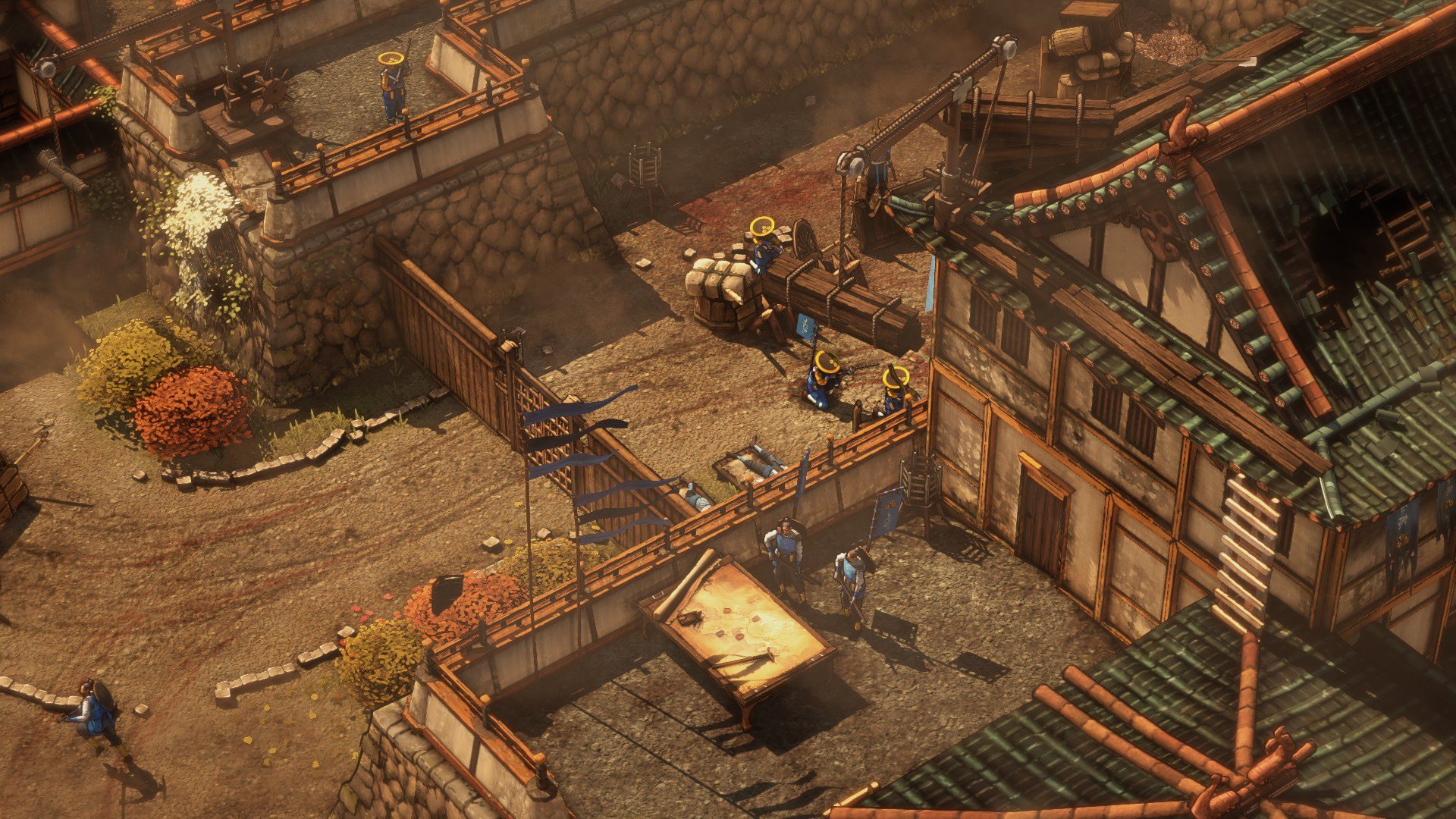
Finally, the games sound design for non-playable characters (NPCs) is on point. While the music and art make the game feel very rich and immersive as is, hearing dialogue between soldiers and civilians is the icing on the cake.
As you traverse enemy-filled landscapes, you will undoubtedly come across groups of men discussing various topics. A player with a sensitive ear can stop and listen to learn information about the Shadow Tactics universe, and the events currently going on in the level. In addition to this, you can also get hints about the type of suspicion level a guard is at by listening to what he says. Guards actively looking for you will call you out and jeer, while men that are only suspicious of your presence will ask each other if they saw/heard what they saw/heard. This attention to detail helps make the enemy AI feel more alive and realistic, positively contributing to the immersion factor.
Final thoughts
Shadow Tactics: Blades of the Shogun is a masterfully crafted hardcore stealth title that offers a fun, challenging, and fair experience set in the thick of feudal Japan. Despite some issues, the game's excellent gameplay, superb art and music, and strong writing all help to make Shadow Tactics one of the leading stealth titles of this generation.
While Shadow Tactics offers a decent gameplay length, the lack of replayability makes the pricing a little questionable, but over all, if you're a fan of the genre, you will find it to be a worthwhile investment.
Pros:
- Finely tuned gameplay mechanics.
- Challenging, but fair, enemies.
- Excellent variety in level design.
- A focus on stealth, while headstrong actions are punished.
- Surprisingly strong writing.
- Beautiful, vibrant art style and a quality score.
- Flawless performance/optimization.
Cons:
- Irritating camera mechanics and controls.
- The occasional overly long mission.
- A little overpriced.
Shadow Tactics: Blades of the Shogun is out now for Xbox One at $49.99, as well as on Steam for PC.
This review was conducted on an Xbox One, using a review copy provided by the publisher.

Brendan Lowry is a Windows Central writer and Oakland University graduate with a burning passion for video games, of which he's been an avid fan since childhood. He's been writing for Team WC since the summer of 2017, and you'll find him doing news, editorials, reviews, and general coverage on everything gaming, Xbox, and Windows PC. His favorite game of all time is probably NieR: Automata, though Elden Ring, Fallout: New Vegas, and Team Fortress 2 are in the running, too. When he's not writing or gaming, there's a good chance he's either watching an interesting new movie or TV show or actually going outside for once. Follow him on X (Twitter).

